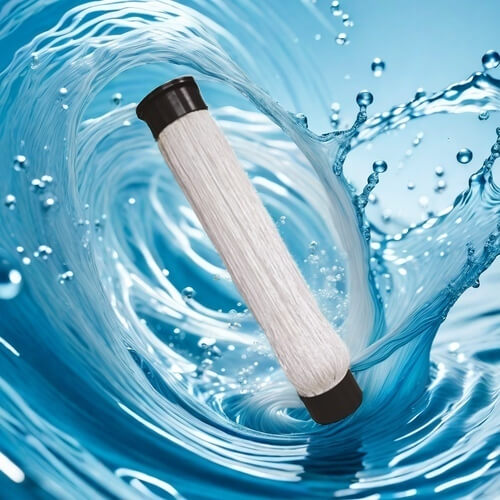Sand washing wastewater treatment methods
Sand washing wastewater refers to wastewater containing a large amount of suspended solids generated during the sand and stone processing process. Since it contains a large amount of impurities such as silt, limestone, silica, etc., if it is directly discharged into the environment, it will not only seriously pollute the water source, but also cause serious damage to the natural environment. Therefore, the treatment of sand washing wastewater is very necessary.
The treatment requires the use of specific processes and agents to effectively remove suspended solids and impurities. During the treatment process, the following points need to be noted:
1. Pretreatment: First, the sand washing wastewater needs to be preliminarily treated to remove large particles of impurities and silt, etc., so as to reduce the burden in the subsequent treatment process.
2. Sedimentation is a commonly used treatment method. Its principle is to add agents to quickly precipitate the solid particles suspended in the liquid, and then use filtration or centrifugation to separate the precipitate from the liquid. Common agents include polyaluminum chloride and ferric chloride.

3. Activated carbon adsorption method: This is a method of adsorbing pollutants such as organic matter and color by activated carbon. Activated carbon has extremely strong adsorption properties and can effectively remove pollutants such as color and odor in sand washing wastewater.
4. Plant purification method: This is a method of absorbing and metabolizing pollutants through plants. Planting plants suitable for growing in water, such as reeds and calamus, in the sand washing pool can effectively purify harmful substances in sand washing wastewater, such as ammonia nitrogen, total nitrogen, total phosphorus, etc.
5. Of course, most sand washing plants still only need to directly add polyacrylamide to flocculate and precipitate it, and the water is directly reused after desludging.
Wastewater treatment needs to select appropriate treatment processes and agents according to actual conditions to achieve the best treatment effect
